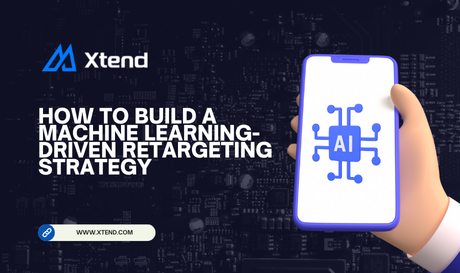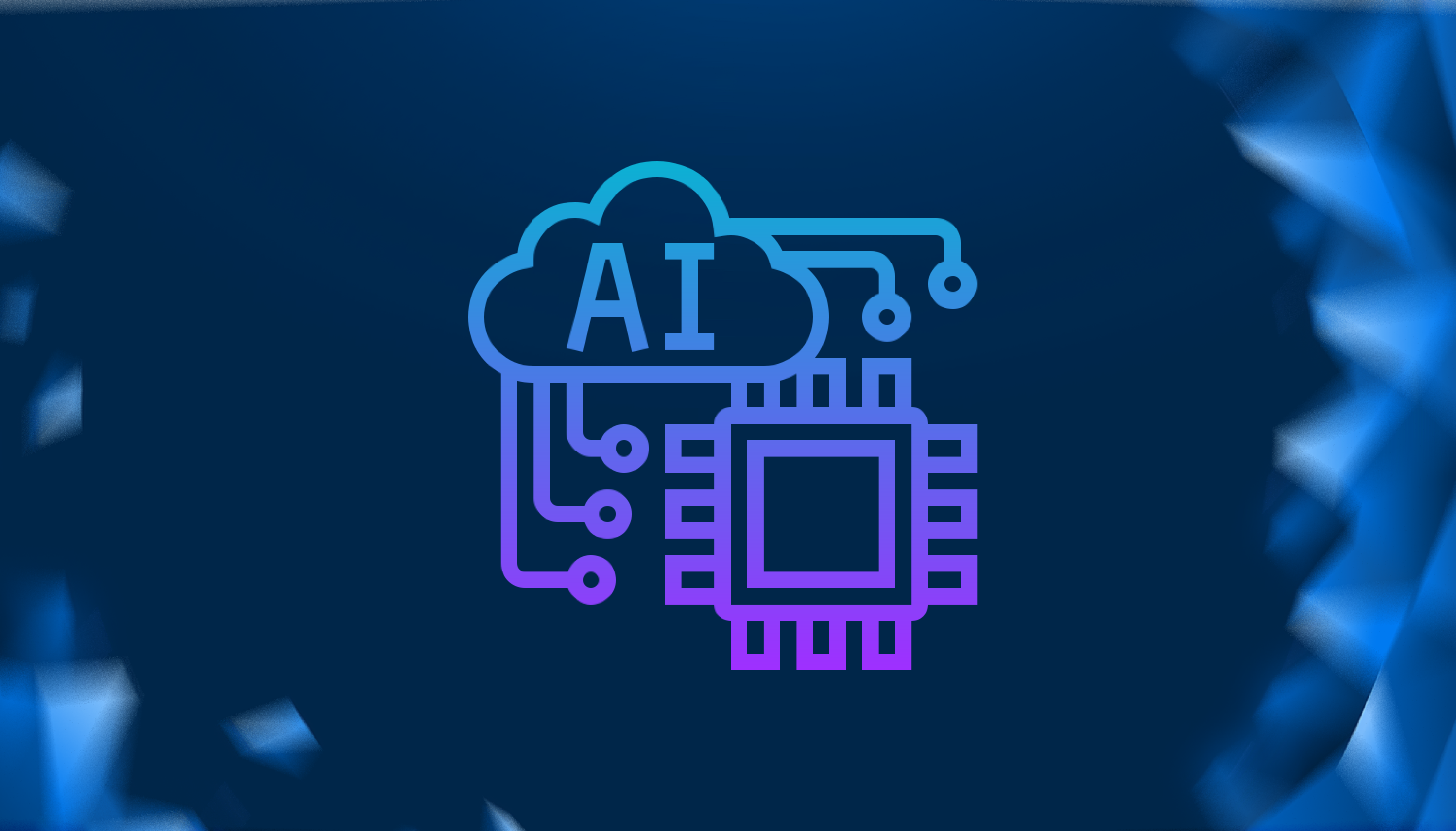Integrating machine learning into retargeting has revolutionized how brands reconnect with their audience. However, building an effective ML-driven retargeting strategy requires more than just implementing the latest technology—it demands a thoughtful approach that combines data intelligence with strategic marketing principles.
Understanding the Foundation
Before diving into complex algorithms and automation, it's essential to establish a solid foundation for your ML-driven retargeting strategy. This begins with understanding your business objectives and how machine learning can help achieve them. Successful retargeting isn't just about reaching previous visitors; it's about engaging them with relevance and purpose.
Consider what success looks like for your business. Are you focused on immediate conversions, building brand awareness, or nurturing long-term customer relationships? Your answer will shape how you leverage machine learning in your retargeting efforts and determine which metrics matter most.
Leveraging Data Intelligence
Machine learning thrives on data, but not all data is created equal. The key lies in identifying and collecting meaningful data points that inform your retargeting decisions. Rather than casting a wide net, focus on gathering data that provides actionable insights into customer behavior and preferences.
The power of ML in retargeting comes from its ability to process vast amounts of behavioral data and identify patterns that humans might miss. These insights can reveal optimal timing for engagement, preferred channels, and content preferences that make your retargeting more effective.
Crafting Personalized Experiences
With machine learning, personalization moves beyond basic segmentation to truly individualized experiences. ML algorithms can analyze past interactions, purchase history, and browsing behavior to predict what content will resonate most with each user. This level of personalization ensures that your retargeting efforts feel less like advertising and more like valuable customer communication.
The key is to use ML insights to create experiences that add value for your audience. This might mean showing product recommendations based on browsing history, adjusting messaging based on engagement patterns, or timing communications based on individual activity cycles.
Implementing Dynamic Optimization
Machine learning is valuable because it can continuously optimize campaign performance. Rather than setting static parameters, ML systems can automatically adjust targeting criteria, bid strategies, and creative elements based on real-time performance data.
This dynamic approach ensures that your retargeting strategy evolves with your audience. As consumer behaviors change and new patterns emerge, your ML systems can adapt accordingly, maintaining effectiveness while maximizing efficiency.
Measuring and Refining Performance
The success of any ML-driven retargeting strategy depends on robust measurement and refinement processes. This goes beyond tracking basic metrics like clicks and conversions to understand the deeper impact of your retargeting efforts on customer behavior and business outcomes.
Modern ML systems can provide insights into attribution patterns, customer lifetime value, and the incremental impact of your retargeting campaigns. These insights help refine your strategy and make more informed resource allocation and campaign optimization decisions.
Privacy and Trust Considerations
In today's privacy-conscious environment, building a successful retargeting strategy requires careful consideration of data privacy and user trust. Machine learning can help by identifying patterns and insights while respecting user privacy through techniques like anonymized data analysis and privacy-preserving algorithms.
The goal is to create effective retargeting campaigns that balance personalization with privacy, building trust while delivering results. This approach ensures sustainable long-term success in an increasingly privacy-focused digital landscape.
Strategic Implementation Steps
Implementing an ML-driven retargeting strategy requires a structured approach:
Start with Clear Objectives: Define what you want to achieve with your retargeting efforts and how success will be measured. These objectives will guide your implementation decisions and help focus your ML applications where they can have the most impact.
Develop Your Data Strategy: Identify what data you need to collect and how it will be used. Focus on quality over quantity, ensuring that every data point serves a purpose in improving your retargeting effectiveness.
Build Your Technology Stack: Choose ML solutions that align with your objectives and technical capabilities. When selecting your technology partners, consider factors like scalability, integration requirements, and ease of use.
Create Your Content Framework: Develop a flexible content strategy that can leverage ML insights for personalization. This includes creating various content versions that can be dynamically matched to different user segments and behaviors.
Establish Testing Protocols: Implement systematic testing procedures to evaluate the effectiveness of your ML-driven optimizations. This includes A/B testing, incremental testing, and ongoing performance monitoring.
Looking Forward
The future of ML-driven retargeting holds exciting possibilities. As technology continues to evolve, we can expect even more sophisticated capabilities in areas like:
Advanced Personalization: Deeper understanding of individual preferences and behaviors leading to hyper-personalized experiences.
Cross-Channel Integration: Seamless coordination of retargeting efforts across multiple channels and devices.
Predictive Analytics: More accurate predictions of customer behavior and campaign performance.
Privacy-First Solutions: New approaches to effective retargeting that prioritize user privacy and data protection.
Building a successful ML-driven retargeting strategy requires a balanced approach that combines technological capabilities with strategic marketing principles. The key lies in using machine learning not just as a tool for automation, but as a means to create more meaningful and effective customer engagements.
Success comes from maintaining focus on your business objectives while leveraging ML capabilities to deliver more relevant, personalized experiences to your audience. As technology continues to evolve, those who take a thoughtful, strategic approach to implementing ML-driven retargeting will be best positioned to achieve sustainable success in their digital marketing efforts.











